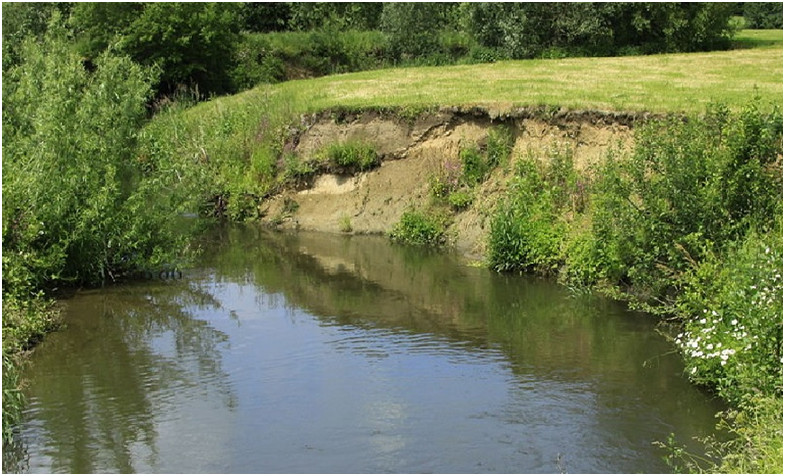HOW TO PREVENT A BURNOUT?

How can you, as an organization, prevent a burnout?
In January 2023 I had a good conversation with my director. We talked about burnout in secondary education. Every year we are at the top of the lists of burnout-prone professions with 25% burn-out complaints (WRR report). Even before healthcare (18%), primary education (23%) and the police (17%).
My headmistress was very open about this. She said: “Marco, I hate to see this happening to people. I would really do anything to prevent this from happening”.
“Do you have ideas or tips from your burnout experience, how we can change this. Really anything you can think of to prevent this, that’s what I’m interested in”.
That was an invitation for me, to find out why we are so bothered by this.
WHAT MAKES ORGANIZATIONS SUSCEPTIBLE TO BURNOUT?
I set off with this question. Looking for causes of burnout within organizations.
I started studying literature, visiting symposia and having conversations with colleagues. I also talked a lot with team leaders, members of the board and employees of P&O.
In addition, I started analyzing the dynamics within teams. From my economic background and years of experience as a manager, I had sufficient organizational knowledge to see through this dynamic. I have regularly encountered concepts such as undercurrent, boundaries and TA analysis in my search.
As an economics teacher, I am used to reducing the most complicated economic issues to the core. This makes them clear and manageable for my students.
This power in combination with the answers to the main question, form the starting point of this part of the website.
A website that shows in a simple way how you as an organization can prevent burnout.


To provide structure, I opted for a compass, as a metaphor. With four recurring themes.
These are:
- Together (you prevent burnout together as an organization)
- Change (you have to change as an organization to prevent burnout)
- Growing (as an organization you will wear out the changes so that you will grow into a burn-out resistant organization)
- Trust (you and your team will experience that this works and that gives confidence)
These themes, and a brief introduction to the topic, form the fixed structure of each topic.
You will notice that the themes are intertwined in practice. For example, sometimes you have to Change something first to move forward together or you have to Grow a bit before you can Change, etc.
In short, it is a dynamic system that is flexible.
How does this site work?
The site is made up of the 3 organizational layers, n.l.:
Layer 1, organization as a whole (macro level)
Layer 2, organization at team level (meso level)
Layer 3, individual level (micro level)
At every level I will explore topics that can help to prevent burnout.
The practical approach is different for every organization. Sometimes changes at the individual level are needed to move forward as a team. This is unavoidable.
Take a good look at what your team / organization needs and at which layer the most information can be obtained.
Also remember that some changes take time. For example, regaining trust after a conflict takes a while.
It may also be that a whole culture change is needed. Here, too, it is important to take it easy.
So take your time. It’s not a competition.
If you have any questions or want to respond while reading, please let me know (via email or the contact form). I like to think along with you.
I wish you every success, strength and above all a lot of fun reading.
El Marco Ambaum
